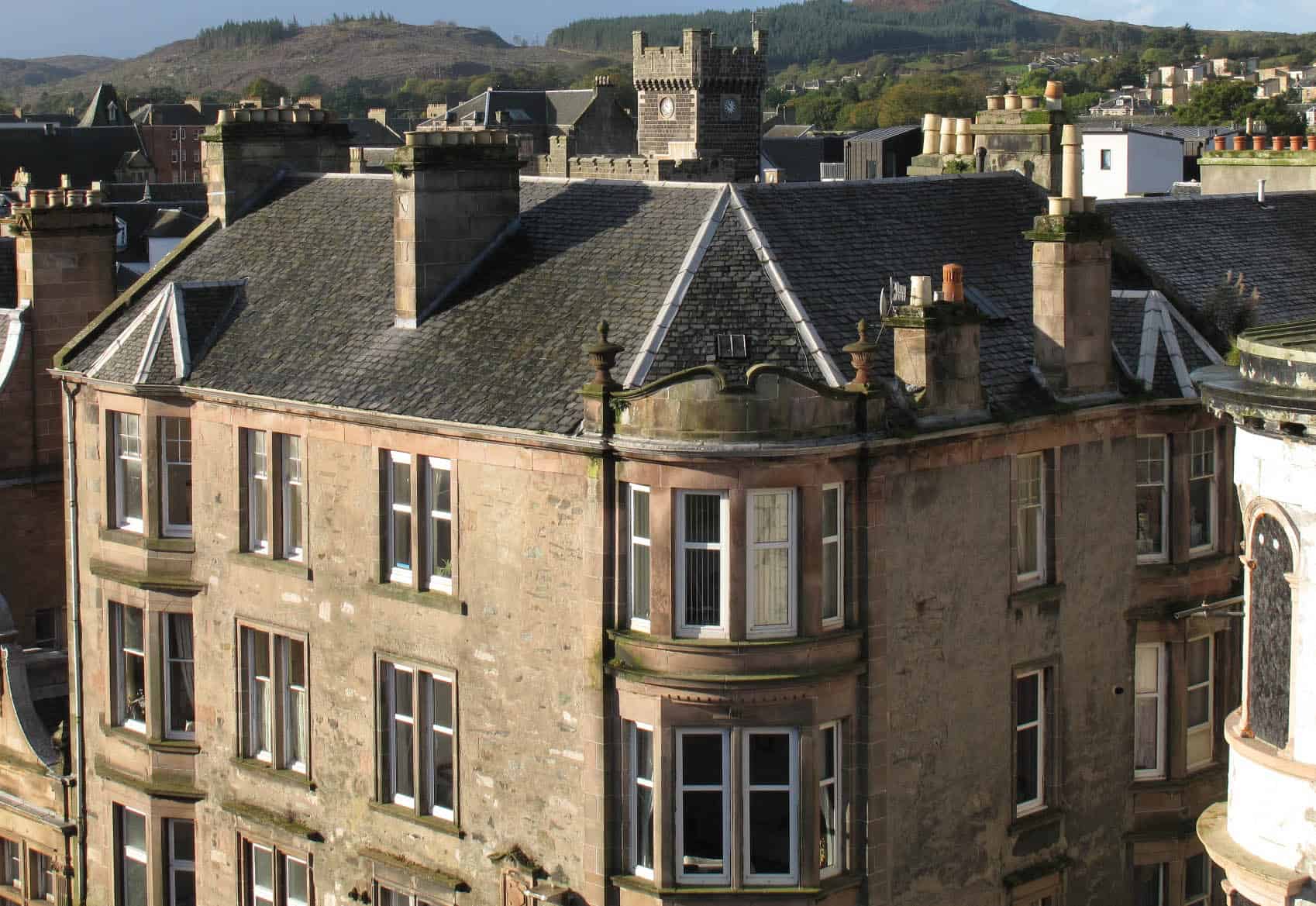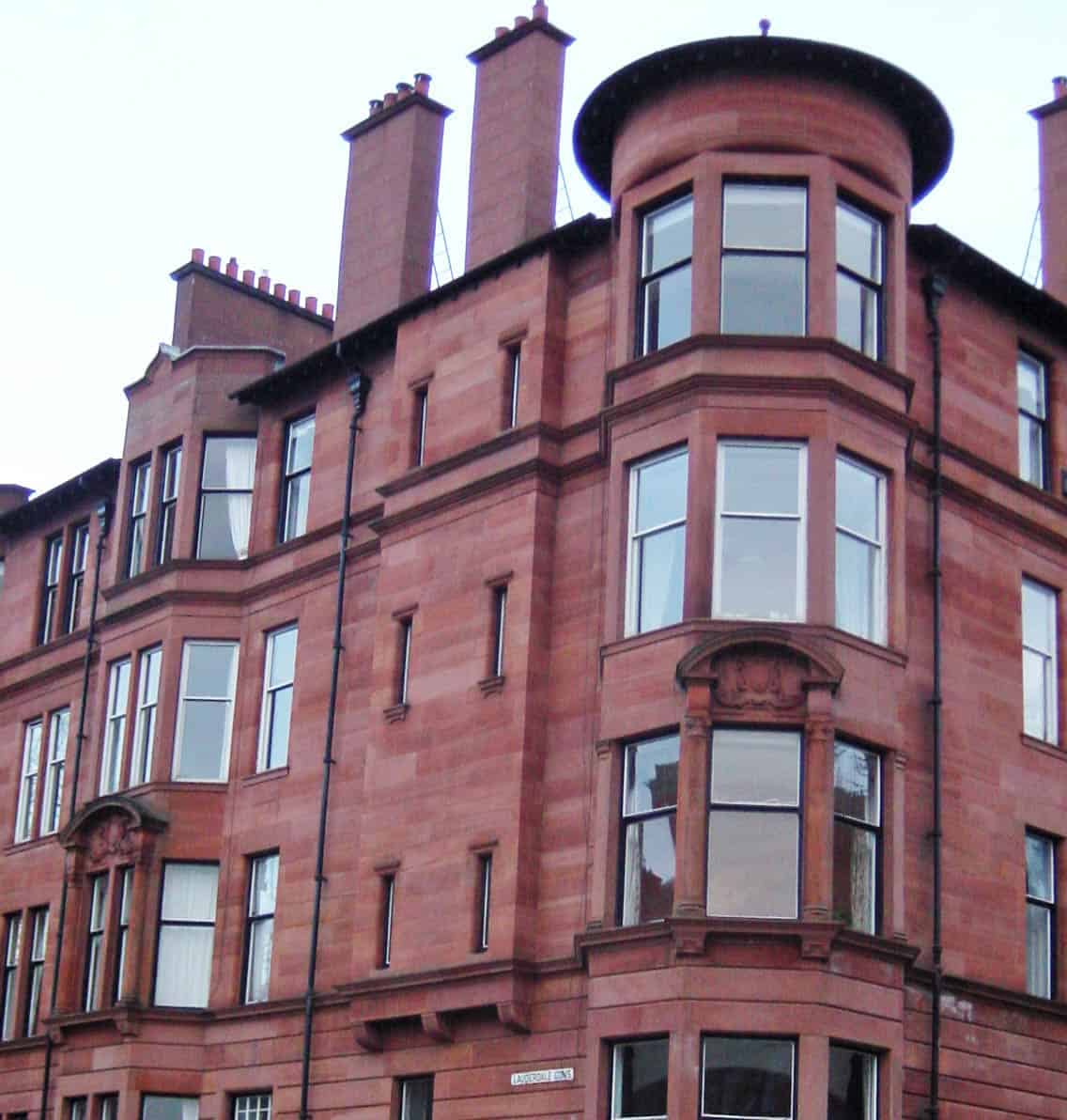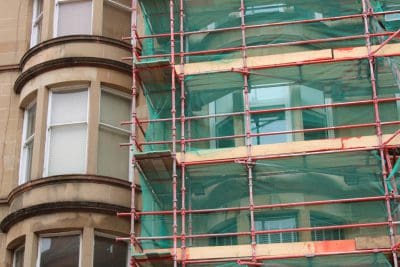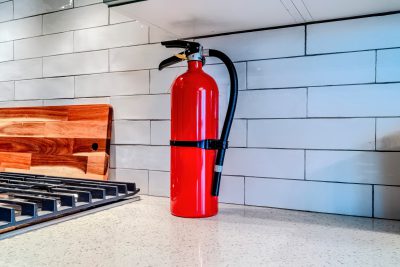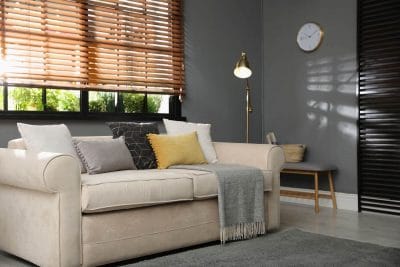The concept of ‘make do and mend’ was coined during WWII by the British Ministry of Information, designed to help housewives repair, reuse and reimagine clothes during rationing. It’s an outdated concept in the modern day, but it’s a useful reminder today of what individuals can do as part of a wider effort by the housing sector to ensure the Scottish Government’s focus is firmly on sustainability during this cost of living crisis and beyond.
So how do we translate that into tenement buildings and how can a sustainable approach to tenement living be realised? Recently, Scottish Housing Day put forward a report on what the focus should be for Government, and what owners of tenement flats can do themselves to play their part in furthering housing sustainability.
Repair
Managing and maintaining a tenement building can be a daunting task and often fall to the bottom of a to-do list. However, taking stock of your building and starting to work on management and maintenance issues that may have fallen by the wayside, could save you considerable time and money in the future.
Getting ahead of repairs and prioritising importance will prove invaluable in tenement buildings. Owners should get started to get to know their building, know what to look out for and where to get help ahead of time.
We all know it can be difficult to get owners together to discuss their buildings and make decisions. Getting to know your neighbours or even setting up an owners association will be a great benefit when it comes to organising shared repairs and making voting arrangements.
Reuse
Decarbonising heating is a huge challenge we will all face soon, rightfully the fabric first approach turns our attention to how we can improve the energy efficiency of our homes.
Tenement buildings, for instance, can be challenging to insulate and draught proof without specialist help and advice, however, there are steps that anyone can take at the outset.
Starting with carrying out a visual check of windows, floorboards, doors and skirting boards and looking for gaps, cracks, mould or dampness – all signs of draughts that may be fixable without the need for replacement.
DIY tools readily available on the high street can help with repairs but do seek professional assistance for undertaking any significant work in your home.
Reimagine
We are all spending much more time at home these days and social sustainability, plus the benefits of a healthy household and living environment are so important to our health and wellbeing.
Working together with neighbours and co-owners can be a vital part of this when looking to, for example, improve the condition of communal hallways and entrance doorways. Critical in this effort to address issues such as stair cleaning, replacing faulty stair lighting, identifying and removing hazards, and keeping a proactive approach to regular maintenance checks is forming an owners’ association.
In addition, creating space is a key aspect of social sustainability and one area in tenement buildings that can be realised is the communal garden. Did you and your neighbours pay attention to your garden space over lockdown? Is it somewhere that you could get together to clear out, carry out small repairs and make into a useable space, not just for clothes drying but also for a social space to get together with neighbours, friends and family or to simply have a break from working at home?
Feeling connected to community and having a thoughtful approach to how communal areas can help everyone’s health, wellbeing and sense of home is worth serious consideration.
Sustainability in Scotland’s housing stock and the connected social aspects of this, is something owners, landlords and housing professionals should continue to encourage each other and the Scottish Government to focus on, and through the work of these groups and individuals, it is an achievable goal.
